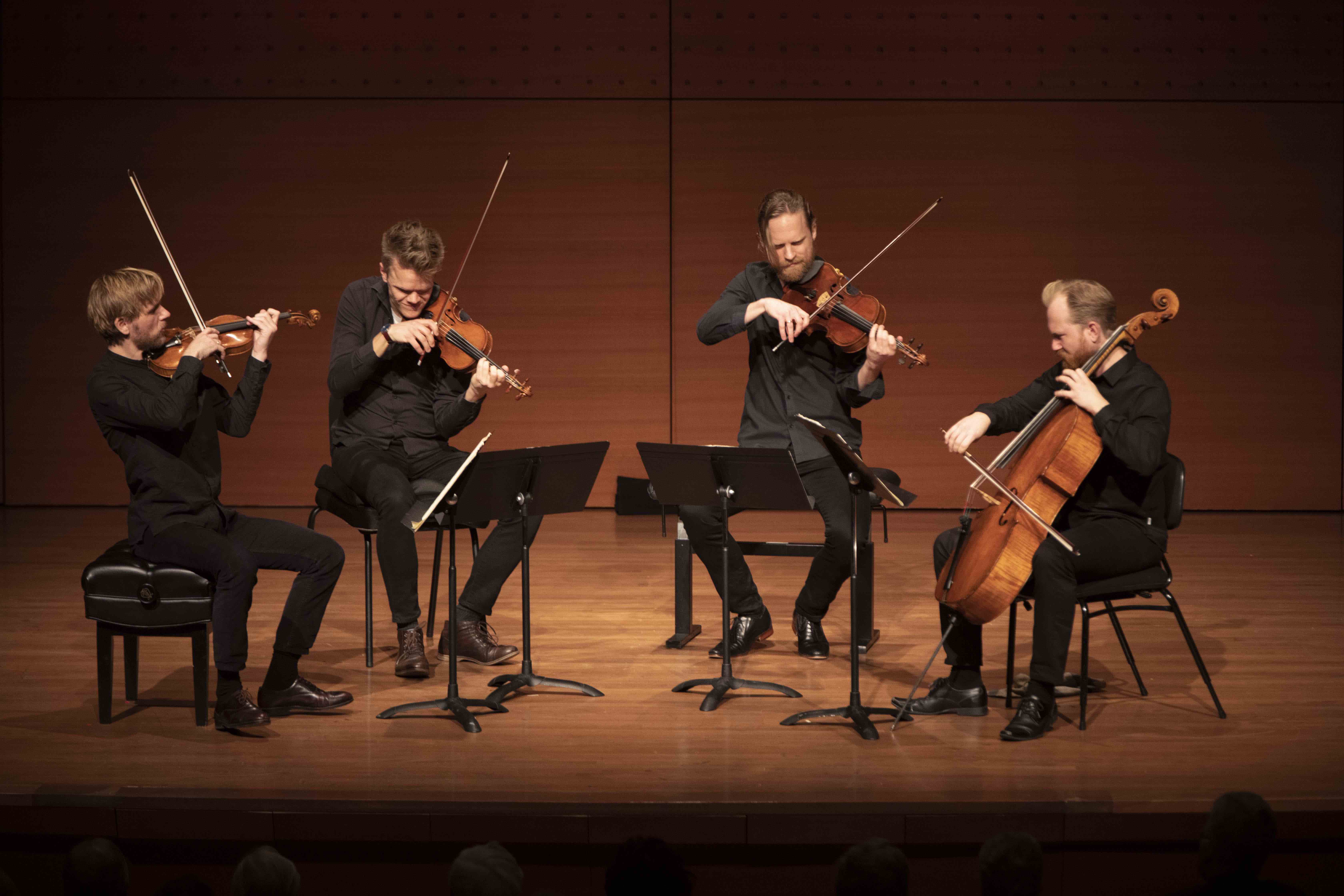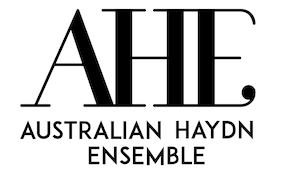A funny thing happened halfway through the Danish String Quartet’s traversal of the Beethoven late string quartets – my foot started tapping. In itself, that isn’t unusual, but if I add that we were deep in the thorny thickets of the Grosse Fuge, eyebrows might reasonably be raised. Perhaps the most demanding single movement Beethoven ever wrote, it’s better known for its cerebral challenge and a certain stark – even brutal – austerity, but in the hands of the DSQ it sang, it danced and, more than any performance of the Op. 130 Quartet I can recall, it offered the most convincing argument for the composer ending the work with a 15-minute exercise in advanced counterpoint.
 The Danish String Quartet. All photos © Tristan Cook
The Danish String Quartet. All photos © Tristan Cook
This wasn’t an isolated incident, though. The DSQ – three Danes, Frederik Øland and Rune Tonsgaard Sørensen (alternating first and second violin) and violist Asbjørn Nørgaard, alongside Norwegian cellist Fredrik Schøyen Sjölin – had already impressed mightily in the Op. 18 quartets, exploring the tensions within these early works by hinting at what might be around the corner...












Comments
Log in to join the conversation.